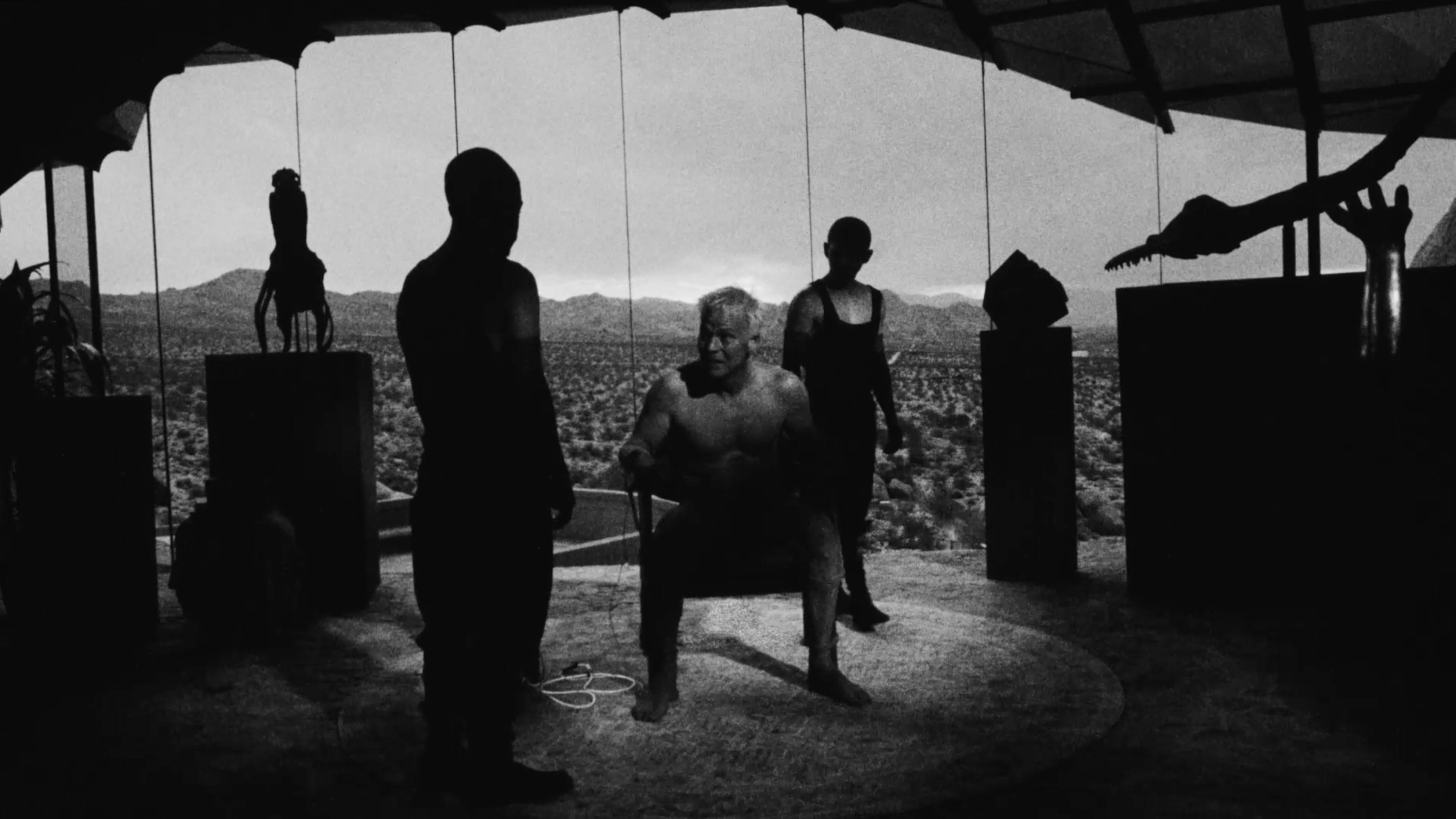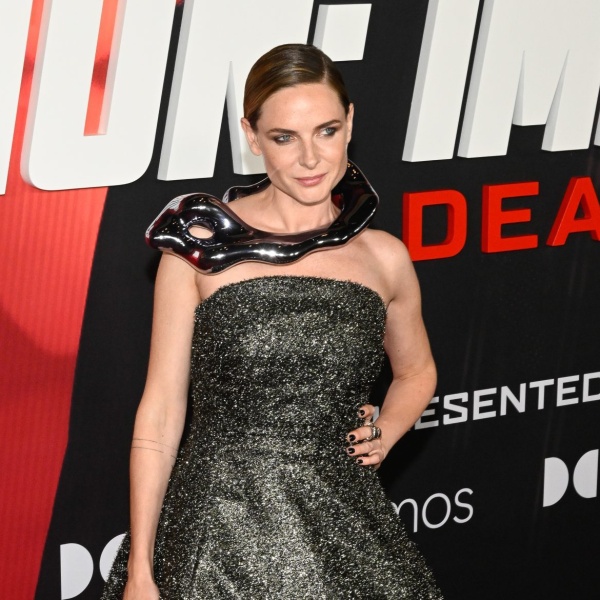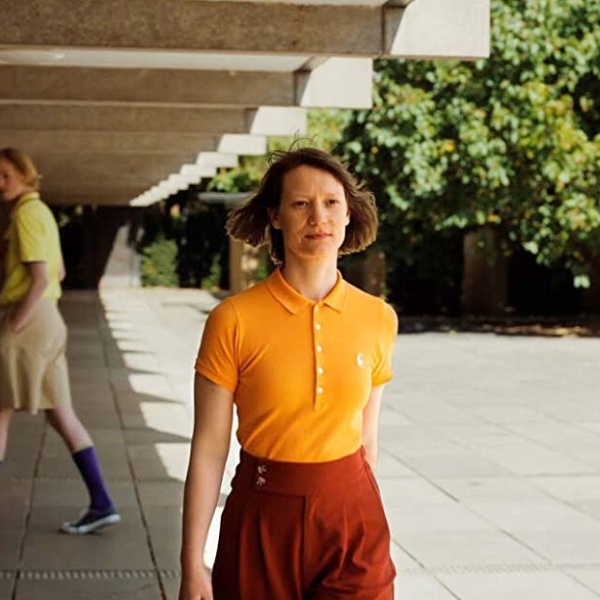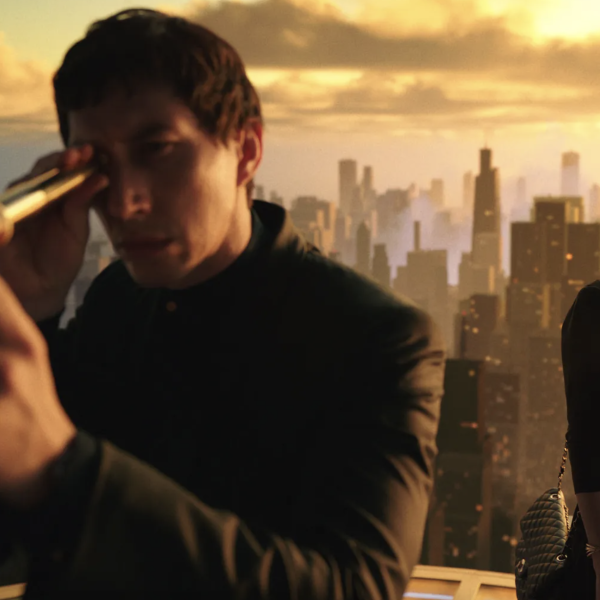After writer-director Eddie Alcazar worked with executive producer Steven Soderbergh on the 2018 thriller “Perfect,” Soderbergh made Alcazar the kind of offer independent filmmakers dream of: He would fund Alcazar’s next movie (albeit on a very small budget) with no conditions on the subject matter or style. For Alcazar, it was a great opportunity but one that came with daunting self-imposed pressures. “It’s amazing to have that kind of trust and freedom, but it put a lot of weight on my shoulders,” Alcazar told IndieWire. “I wanted to make him proud that he took the right risk.”
Soderbergh’s gamble on Alcazar’s talent and instincts paid off in the form of “Divinity,” a thrillingly original sci-fi film revolving around a future society that has been irreparably altered by a groundbreaking immortality serum. “Divinity” is a movie of big ideas about life and death and the afterlife, but what immediately strikes the viewer is its visual style. Having full creative freedom meant that Alcazar and cinematographer Danny Hiele could shoot the entire film on 16mm black-and-white reversal film, a rarely used stock that generates extremely high contrast — and a handful of extreme challenges for the filmmakers.

“It’s a tricky stock to use because you need a lot of light,” Hiele told IndieWire. “And you don’t have a lot of latitude. You have to be very precise in how you expose the film.” That said, according to Alcazar, there’s a benefit to 16mm black-and-white reversal stock that makes the difficulties worth the trouble. “You don’t really have to deal with much in the grading process,” the director said. “It’s already there if you have a good cinematographer that can nail the exposure. Once it’s processed and scanned we don’t have to do much — and you can’t do much.”
For the viewer, the extreme contrast and grain of 16mm reversal create an almost hypnotic sense of visceral involvement, as well as an immediate feeling that we’re in another world, making “Divinity” not only one of the most thoughtful films of 2023 but one of the most immersive. That effect is absolutely intentional on Alcazar’s part. “Ultimately what I love doing with my films is trying to escape reality,” he said. “The idea is, how can we disconnect from this world for a bit and try to enter a new one?”

The unusual look of “Divinity” comes not only from the choice of film stock but from Alcazar and Hiele’s commitment to using primarily one lens for the entire film, a wide-angle lens equivalent to a 24mm In 35mm photography. The result is a visual style that favors actors’ faces yet consistently provides the depth to contextualize them within the locations. “I like to feel the environment,” Hiele said. “It’s important that you know where the actor is, that you see the landscape and it’s not blown out. The environment is part of the character.” Hiele chose to light locations and sets rather than specific shots or frames, giving the actors complete freedom to explore their surroundings, an approach in keeping with Alcazar’s overall method of filmmaking.
Alcazar made “Divinity” not via the traditional steps of pre-production, production, and post-production but by doing everything all at once, writing and editing throughout a series of seven different shoots broken apart by weeks and sometimes months. During those breaks, Alcazar would edit and rewrite according to new discoveries, then return to production with the actors to implement the changes. Even in pre-production Alcazar erased some of the usual boundaries, storyboarding and showing his actors images before he had a completed script. The idea was to create a fully collaborative and organic process. “I want to create a foundation for ideas so that if there are new, fresher ideas as we go along I’m able to implement them,” he said. “If somebody has an idea, I want it — I don’t want to be restricted from putting it into the film.”




